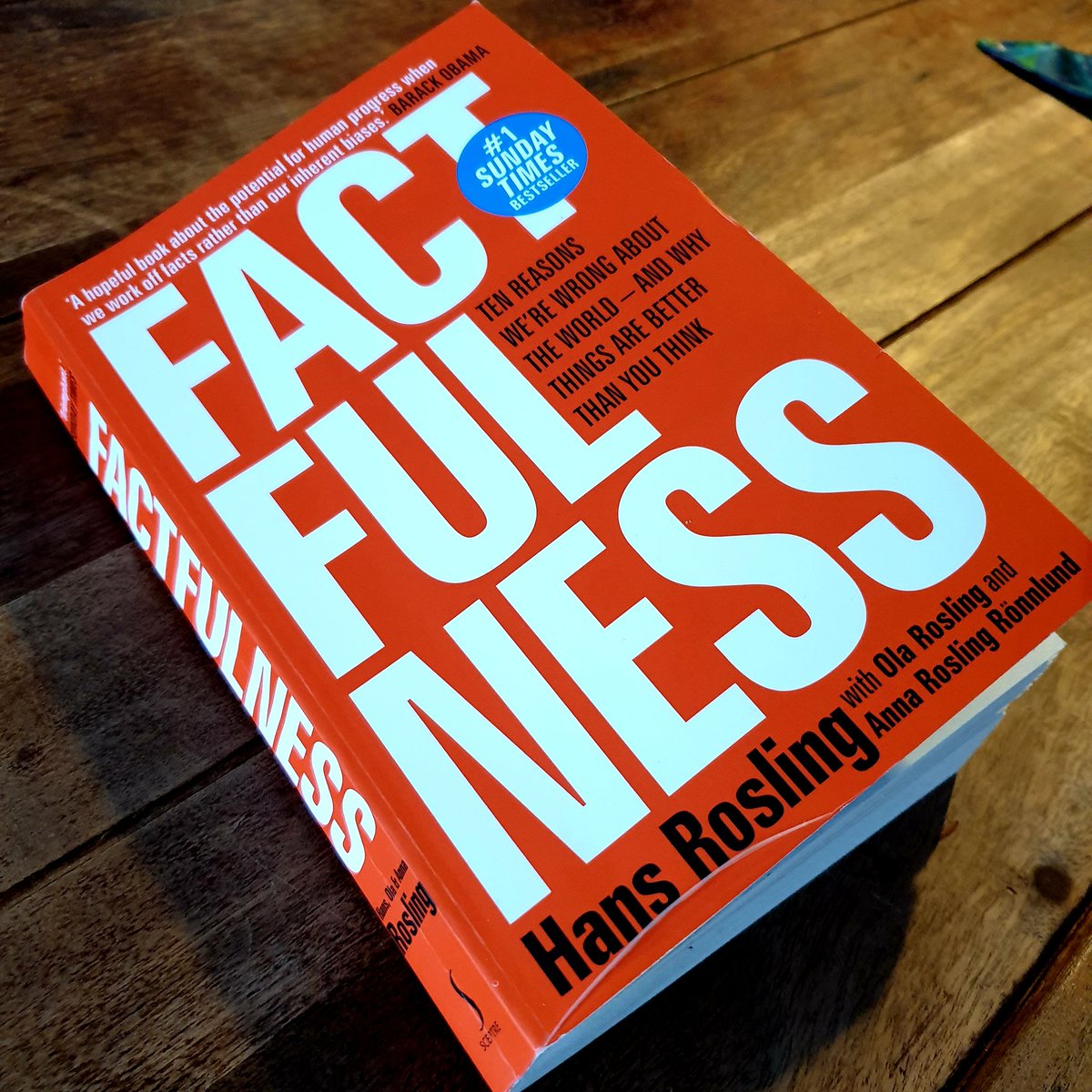IN his exceptional book, “Factfulness,” Swedish physician Hans Rosling (1948-2017), identified the 10 “dramatic instincts” that, he said, distort the way many of us view the world. The first of these is the gap instinct. That “irresistible temptation we have to divide all kinds of things into two distinct and often conflicting groups, with an imagined gap — a huge chasm of injustice — in between.”

Ranting and raving against this gap is the stuff of political rhetoric throughout human history, everywhere. Two Americas. The oligarch/the elite vs “the people,” etc.
Rosling said this “mega misconception” is the worst of them all. By, for example, “dividing the world into two misleading boxes — poor and rich — it completely distorts all the global proportions in people’s minds.”
He noted that when people say “developing” and “developed,” what they are probably thinking is “poor countries” and “rich countries.” “I also often hear ‘West/rest,’ ‘north/south,’ and ‘low-income/high-income.’ Whatever. It doesn’t really matter which terms people use to describe the world, as long as the words create relevant pictures in their heads and mean something with a basis in reality. But what pictures are in their heads when they use these two simple terms? And how do those pictures compare to reality?”
Compared to data from 1965, the world in 2017 had completely changed, Rosling said. “Today, families [all over the world] are small and child deaths are rare in the vast majority of countries, including the largest: China and India.” Families with few children and high survival — “that’s where all countries are heading. And most countries are already there.”
Surprised?
Wait, there’s more.
“Eighty-five percent of mankind are already [in the] ‘developed world.’ The remaining 15 percent are mostly in between…. Only 13 countries, representing 6 percent of the world population, are still…’developing’…. But while the world has changed, the worldview has not, at least in the heads of the ‘Westerners.’ Most of us are stuck with a completely outdated idea about the rest of the world.”
What we usually associate with “developing” countries are the shocking images and the bad news dutifully reported by the media because that’s the news that, sadly, sells. (What would you think about New York City if all the news you read about it are police/court/crime stories?)
Rosling said “the complete world makeover…is not unique to family size and child survival rates. The change looks very similar for pretty much any aspect of human lives. Graphs showing levels of income, or tourism, or democracy, or access to education, health care, or electricity would all tell the same story: that the world used to be divided into two but isn’t any longer. Today, most people are in the middle. There is no gap between the West and the rest, between developed and developing, between rich and poor….”
Yet most of us continue to believe that life in low-income countries is much worse than it actually is.
Of the world population, what percentage lives in low-income countries? Rosling said majority of the people he asked suggested that answer was 50% or more; the average guess was 59%. The real figure?
Nine percent. “Only 9 percent of the world lives in low-income countries. And…those countries are not nearly as terrible as people think. They are really bad in many ways, but they are not at or below the level of Afghanistan, Somalia, or Central African Republic, the worst places to live on the planet. To summarize: low-income countries are much more developed than most people think. And vastly fewer people live in them. The idea of a divided world with a majority stuck in misery and deprivation is an illusion. A complete misconception. Simply wrong.”
Rosling said the majority of people live neither in low-income countries nor in high-income countries, but in middle-income countries. Yet “this category doesn’t exist in the divided mind-set, but in reality it definitely exists. It’s where 75 percent of humanity lives, right there where the gap is supposed to be. Or, to put it another way, there is no gap.”
He added, “Combining middle- and high-income countries, that makes 91 percent of humanity, most of whom have integrated into the global market and made great progress toward decent lives. This is a happy realization for humanitarians and a crucial realization for global businesses. There are 5 billion potential consumers out there, improving their lives in the middle, and wanting to consume shampoo, motorcycles, menstrual pads, and smartphones. You can easily miss them if you go around thinking they are ‘poor.’ ”
We should stop dividing countries into two groups, Rosling added. “It doesn’t make sense anymore. It doesn’t help us to understand the world in a practical way. It doesn’t help businesses find opportunities, and it doesn’t help aid money to find the poorest people.”
Rosling said “one reason the old labels are so popular is that they are so simple. But they are wrong!” Many of us, however, don’t know we’re wrong.
To be continued
Send feedback to editor@mvariety.com











